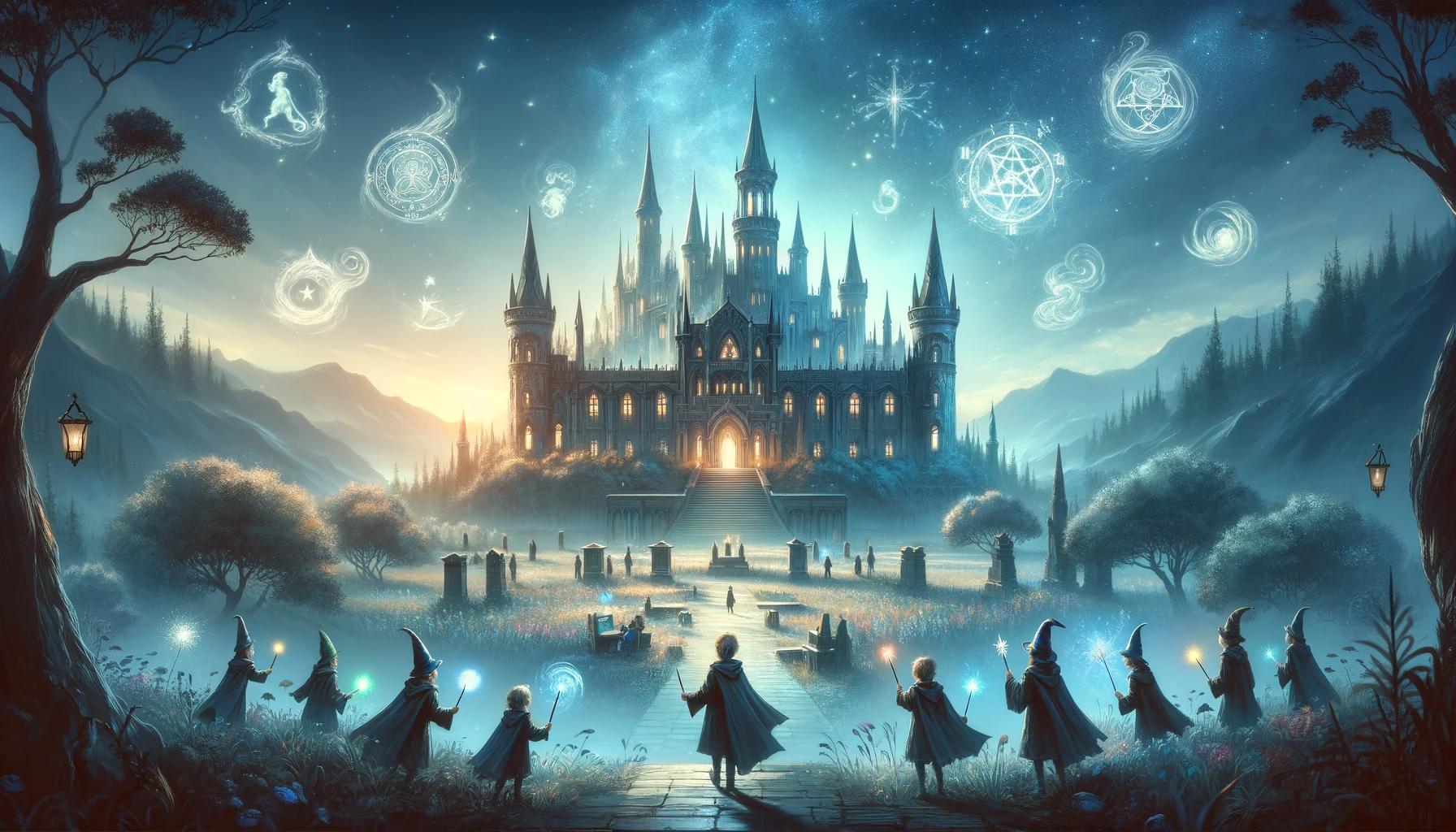Writing Commercial Fiction

Let Chapterly Help You With Your Next Novel
When inspiration strikes, it's time to get to work, but coming up with a great idea is just the first step in writing a book. Chapterly helps writers move their projects forward with a host of tools designed specifically for book authors. Our app offers assistance on every aspect of the book writing process, from creating an outline to designing a book cover. Chapterly gives you everything you need to focus on your writing instead of worrying about things like organization or how to format your manuscript for publication. We let writers be writers while we take care of the details.
Try out our app at no charge for two weeks to see how it works. Our software combines a range of functions like grammar and spell check, collaboration tools, cover design, and note organization. Chapterly may even help you reduce the number of software tools and subscriptions you currently use.
What Is Commercial Fiction?
Commercial fiction is a novel or short story written with the specific purpose of being sold and making a profit. The genre includes romance, mystery, thriller, suspense novels, chick lit, science fiction, and fantasy. A commercial fiction novel must be well-written and have an interesting plot to be successful.
Commercial fiction is generally plot-driven, meaning that the twists and turns of the story are the primary elements holding the reader's attention. While solid characters are also important in commercial fiction, something must be actively happening. Character studies or slice-of-life stories are usually treated as literary fiction.
Well-known examples of commercial fiction include "The Da Vinci Code" by Dan Brown, the Harry Potter series, and "The Judge's List" by John Grisham.
In contrast, literary fiction is intended to be more thoughtful and introspective. The characters are typically the focus rather than the plot. Literary fiction often explores complex themes and examines human nature in greater depth than commercial fiction.
In recent years, another category of fiction has emerged: upmarket, which combines elements of both literary and commercial fiction. Upmarket novels are well written and have an interesting plot, but they also provide readers with a more elevated reading experience.
Some examples of upmarket fiction include "The Goldfinch" by Donna Tartt, "Gone Girl" by Gillian Flynn, and "The Nightingale" by Kristin Hannah.
One of the most important steps for writers is to read widely. It's vital to understand what kind of work is being published, and also to get an idea of where your work fits into current trends. If you'd like to write a novel, invest plenty of time reading books that have already been published in your genre.
Make an Outline
Some writers prefer to jump right into writing a book, and they let the plot and characters unfold as they go. When you consider the length of an average novel (80,000 to 100,000 words), that's a lot of material to work with if you don't have some system of organization.
It's often helpful to begin by sketching an outline of your story. This can help you get a sense of the overall structure and ensures that all the essential plot points are included.
You can use index cards or write out a formal outline, but what happens when you need to make changes? Will you have to re-write all your index cards? While it's definitely easier to make changes to a document in your word processor, that can also get convoluted.
Chapterly offers an outline builder tool to help you create a detailed outline for your novel. Changes are a breeze, and your outline is integrated with the rest of your project.
Develop Compelling Characters
If your characters are one-dimensional or not very likable, it's going to be difficult to keep readers interested in your book. Although commercial fiction leans heavily on plot, if no one cares about your characters, they won't care about what happens to them.
Creating believable and compelling characters takes time and effort. You'll need to give readers an idea of what your characters look like and what motivates them. Integrate these details naturally, instead of dumping a description like this on your readers:
Joe was six feet tall, with brown hair and blue eyes. He had a medium build and was physically fit. He loved his pick-up truck and his dog, Sue.
While this does describe Joe, it also sounds like language from a police all-points-bulletin. Introduce these details gradually when it makes sense in the story.
If Joe's motivation is his love for his truck and Sue, show the reader actions demonstrating his feelings. Think about how these details relate to the plot. Maybe Joe refuses to trade in his old truck even though his girlfriend offered to buy him a new one. That might be a central aspect of your story. Perhaps he lost his job because he refused to come in when Sue was sick—this could create a host of problems. These details should help move your story forward.
The main character in your novel needs to undergo a significant change between the time your reader meets him and your last page. This transformation is one of the key elements of fiction. By the end of your book, your main character should experience a significant change in an aspect of her attitude, personality, or beliefs.
Your main character should be likable in some way. She can be a vampire, but she needs to be a vampire that readers want to see succeed. Readers must be able to empathize and care about this key figure.
Create an Intriguing Plot
Writers come up with inspiration from all kinds of sources. You may get an idea from a news report or a personal experience. From that spark, you'll need to craft a story arc that builds tension and leads your reader to a pivotal moment. After that apex, you'll need to bring your story to a close, resolving all the details before the end.
As your main character is pursuing her goal, you need to place as many obstacles in her way as possible. Then add some more challenges. Your main character needs to be fighting his or her way forward toward the climax in a way that your readers can get behind.
At the same time that you're moving the story forward and building tension as your main character struggles against obstacles, you'll want to develop sub-plots. In the case of Joe and his dog, Sue, maybe Joe's ex-wife wants to take the dog, and her interference complicates his search for the lost Sue. Sub-plots need to add interest and dimension to your main story.
You'll need to come up with a few good twists and turns to keep the plot interesting. "Boy meets girl, boy loses girl, boy gets girl" is a standard romance formula. But if you think about the last good romance you read, you probably remember a lot more happening between when they met and when the book ended. Don’t make it too easy for your main character. Your story should keep your readers guessing.
Pros and Cons of Self-Publishing
When you're finished with your book, it's time to decide if you want to seek traditional publication via an agent and a major publishing house or if you want to move forward with self-publication.
Publishing with an agent/publisher carries a certain amount of prestige. To go this route, you'll need to finish your novel first. Once it's complete, you'll have to create a book proposal and start querying agents for representation. Some small publishing houses work with non-agented authors, but all larger publishers require authors to use agents.
Self-publishing puts the author in the driver's seat. Rather than spending time crafting proposals and pitch letters, a self-published author concentrates on the mechanics of publishing a book. In this scenario, after your book is finished, you would then seek an editor who could polish your work. Using tools like Chapterly also helps catch areas that need editing.
You'll also need to design your book cover, secure an ISBN, and plan your marketing strategy. While traditional publishers handle these details for you, they also take a much larger percentage of your profits. With self-publication, you may have to come up with money for an editor, graphic designers, or promotional materials, but you keep a much larger percentage of profits. You also don't have to worry about getting past gatekeepers before publishing your book.
Try Two Weeks for Free With Chapterly
No matter what stage of the book writing process you're in, Chapterly can help. Our app's robust lineup of tools designed just for authors will give you the critical assistance you need to finish your novel. Sign up today for two free weeks with us to see the difference Chapterly can make!


